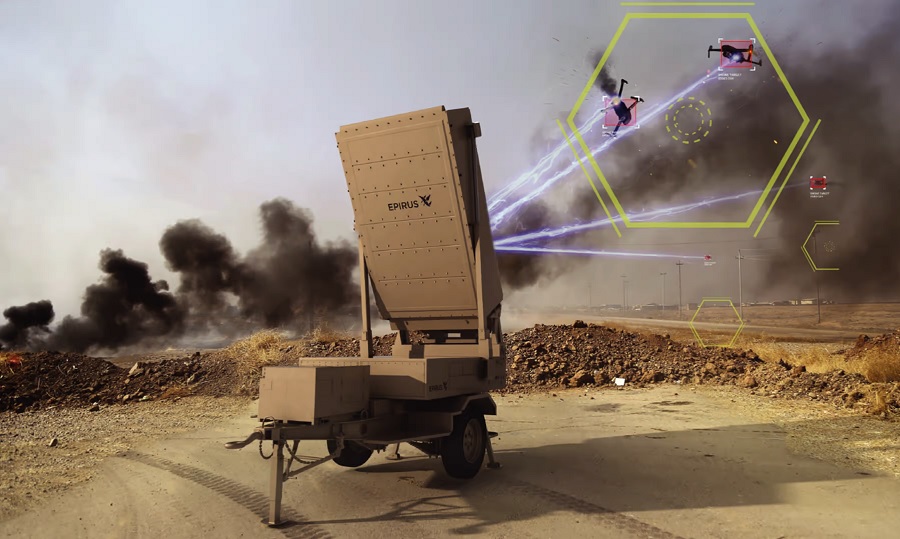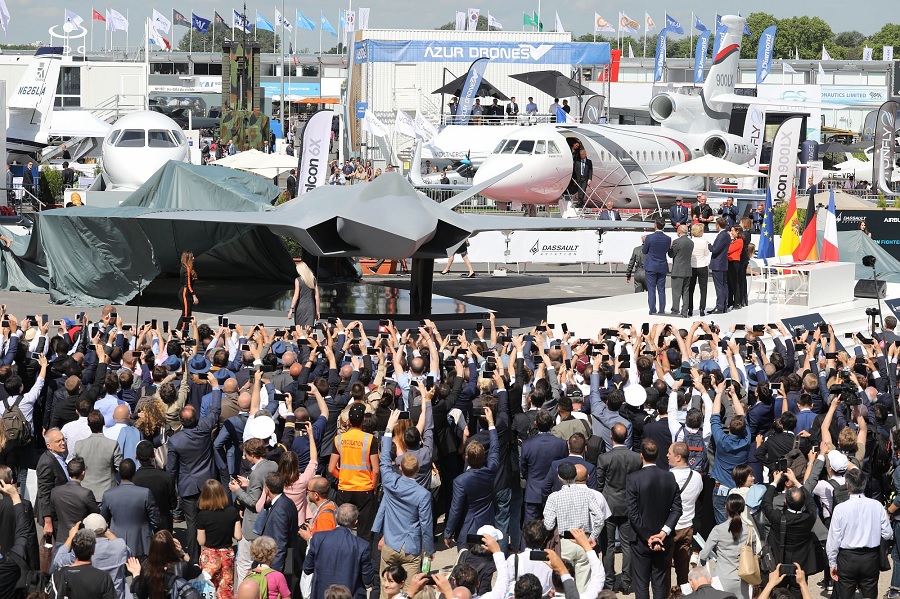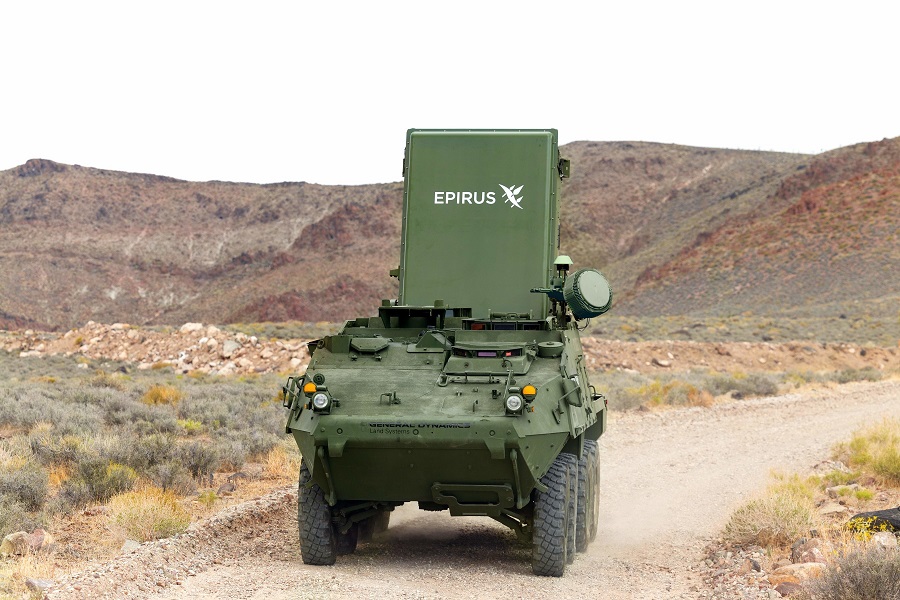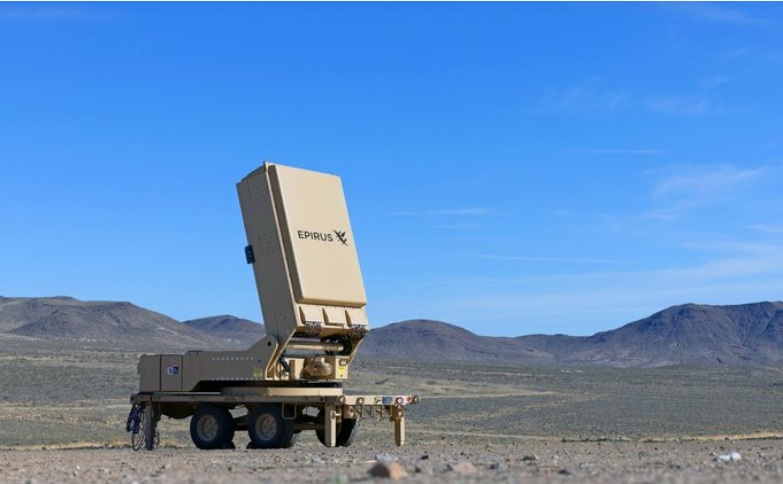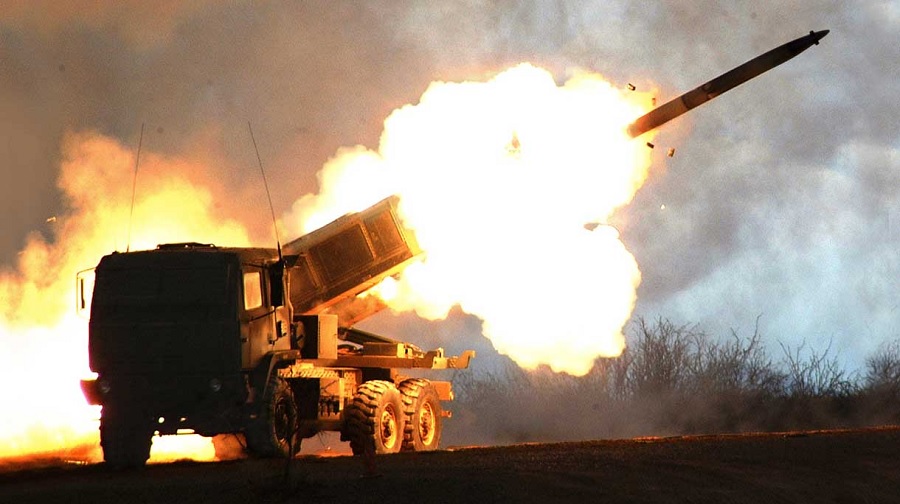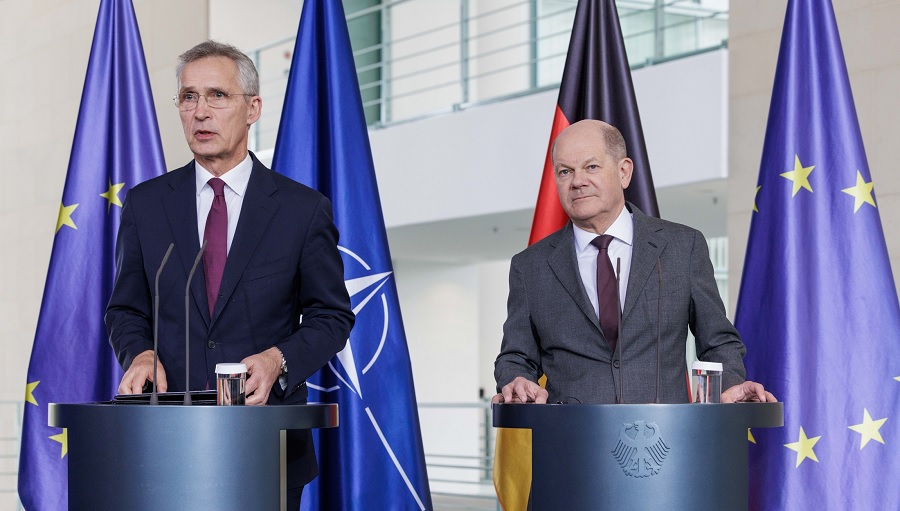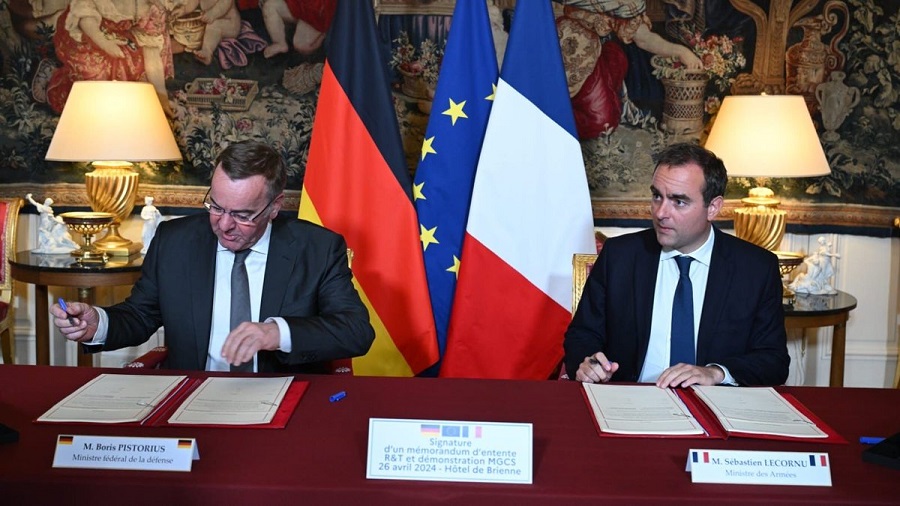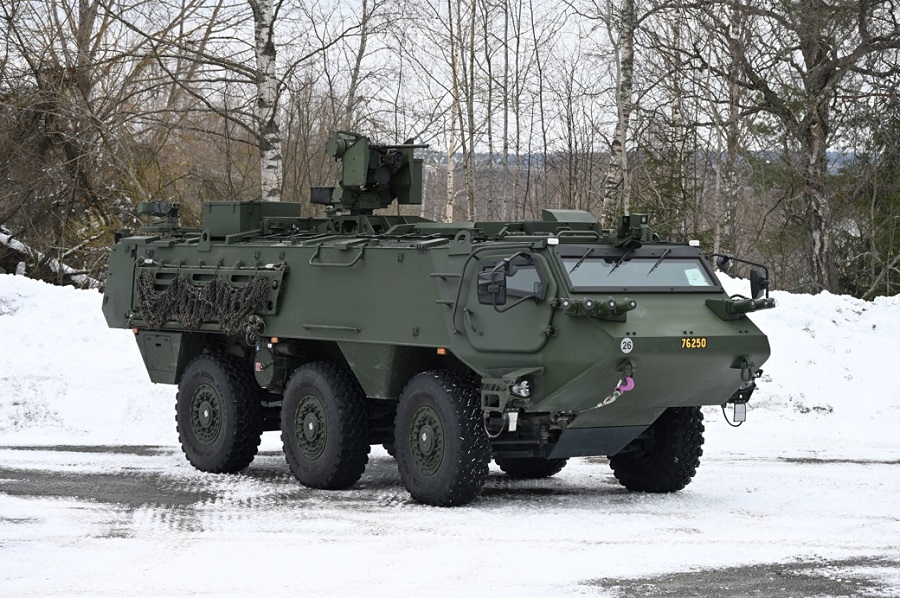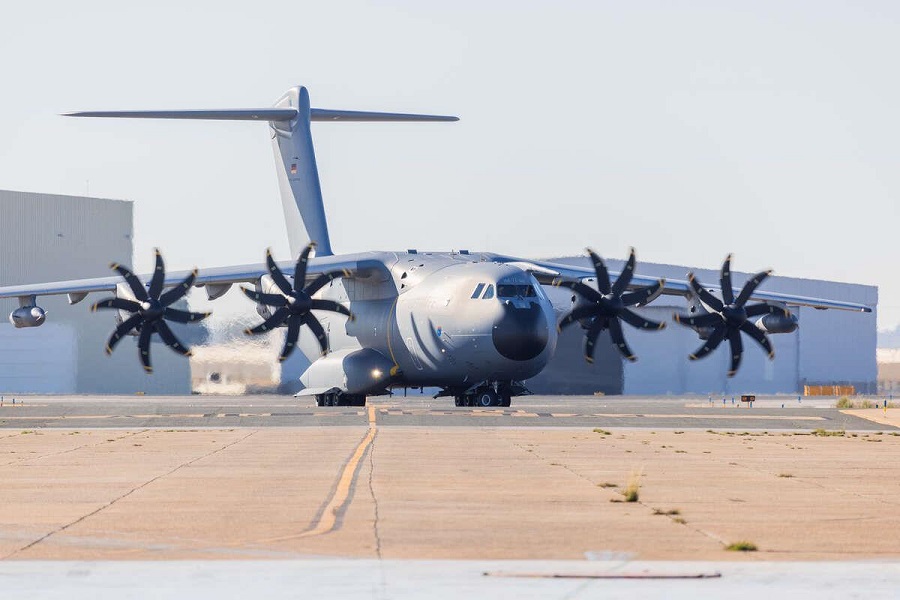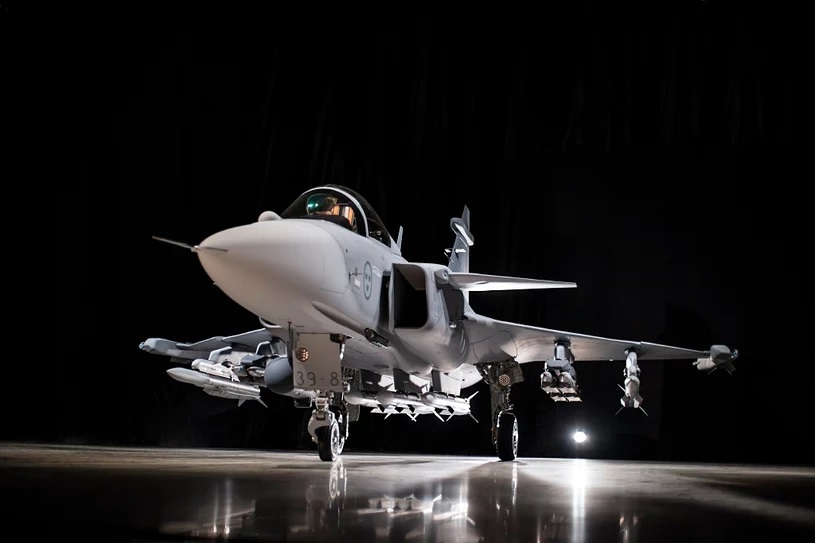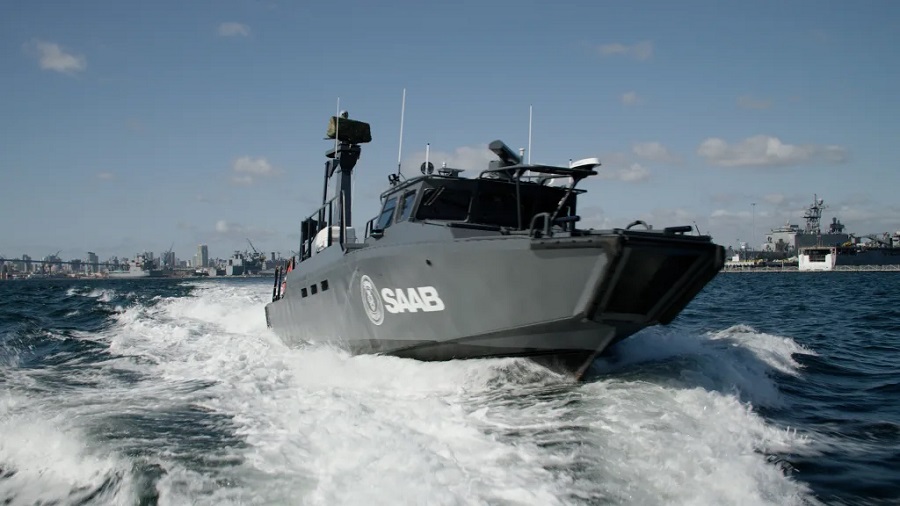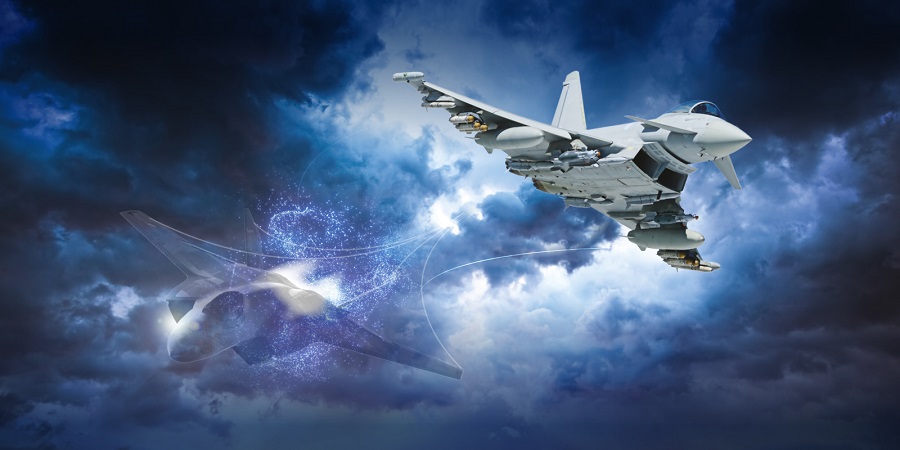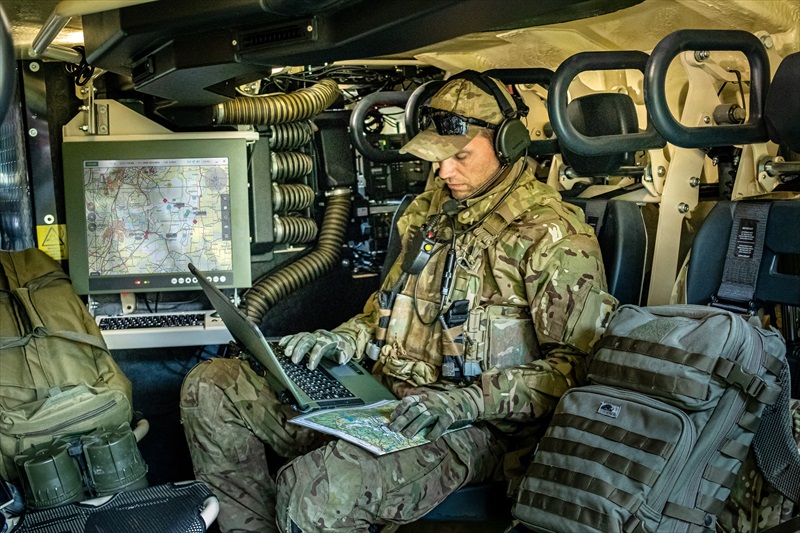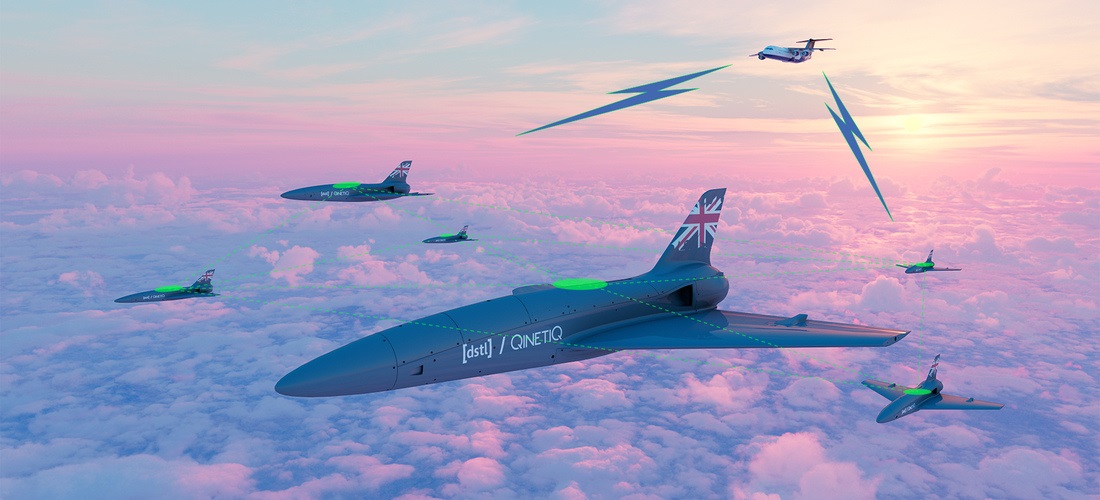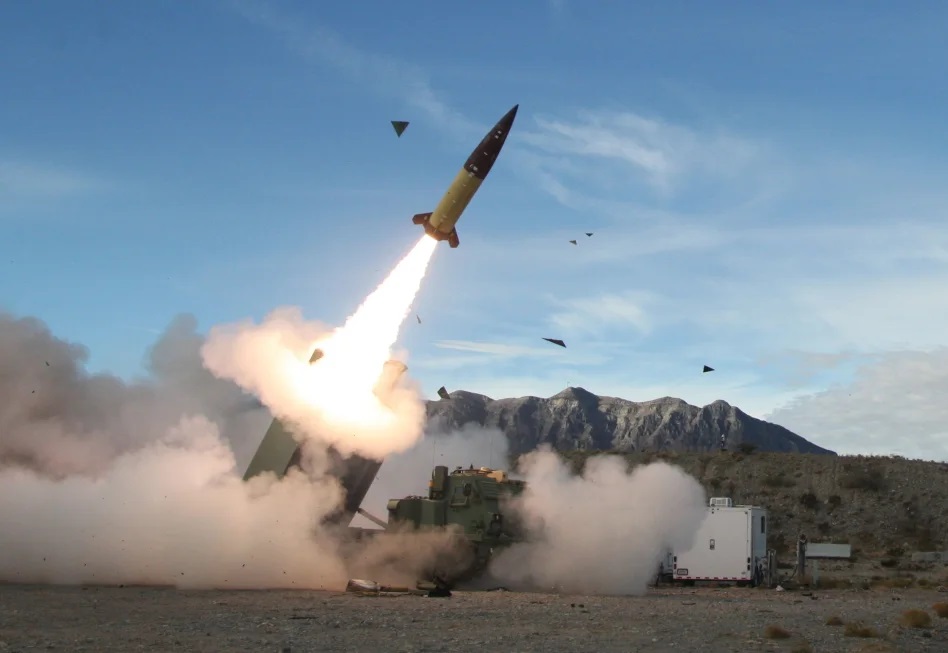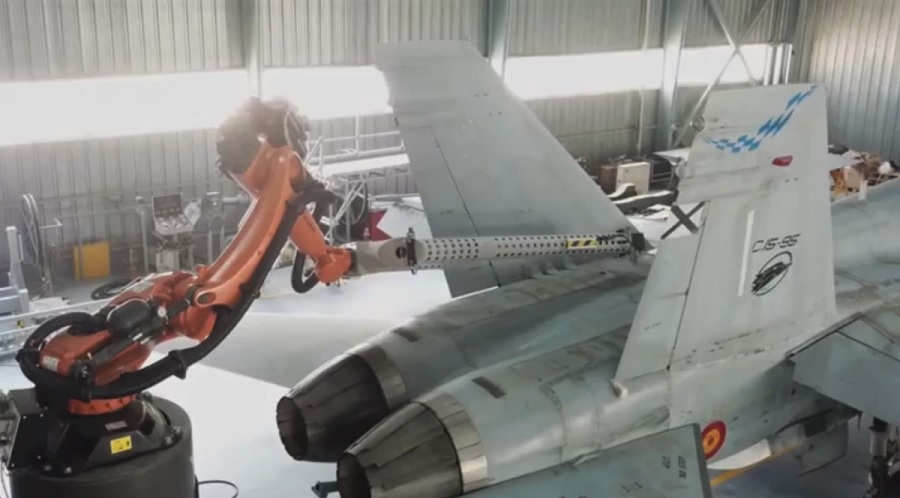This partnership was made possible through an integration between Epirus’ Leonidas system, a high-power microwave (HPM) counter-swarm defeat capability and Anduril’s Lattice Command and Control (C2) system. Leonidas is a software-defined HPM weapon with unmatched ability to defeat swarming UAS. With a deep magazine, the system enables near instantaneous defeat of electronic threats. Lattice combines Anduril’s state-of-the-art artificial intelligence and machine learning technologies to detect, track, and classify every object of interest in an operator’s vicinity.
Lattice combines all phases of the C-UAS kill chain into a modern open architecture operating system, providing all the tools an operator needs for threat detection, tracking, identification, and defeat in a way that is made available to users across a network, not just locally with the system. Lattice also layers in software capabilities to enable automated sensor processing, robotic controls, sensor fusion, correlation, classification and disposition of targets, and can provide recommended courses of action to the operator to provide a modern defense-in-depth C2 platform that supports multiple Air Defense missions. This integration with Epirus’ Leonidas provides a new capability to the warfighter that can be used as a part of a series of various layered defeat capabilities connected to Anduril’s Lattice Operating System.
With its software backbone, operators can control Leonidas’ HPM pulse with unmatched precision, enabling the system to defeat single UAS in tight crowded spaces or neutralize a hostile UAS swarm across a wide terrain. Epirus’ use of solid-state semiconductors dramatically reduces the size and weight of the system, providing the warfighter with a highly maneuverable and mission ready counter-swarm solution. Leonidas’ open application programming interface, modularity, and scalability enable swift integration with other partner platforms and rapid development of additional form factors.
Leonidas’ successful integration with Lattice demonstrates the system’s ability to rapidly ingest and process inputs including timing, radar track data, commands and more through Lattice to lock and track designated targets. When cued by Lattice, Leonidas effectively neutralizes targets, without harming operators nor blue force assets. With its open architecture, Lattice makes it possible to compose diverse platforms and payloads made by different industry partners – like Epirus – for various mission solutions and then change them rapidly as threats and technologies evolve.
Anduril and Epirus will continue to collaborate to build new capabilities in support of the MCWL’s ongoing efforts to develop and integrate C-UAS sensors, effectors, and C2 systems into concept-based experiments to inform requirements in support of the U.S. Marine Corps’ Force Design process to enhance ground forces’ ability to detect and defeat small UAS.


